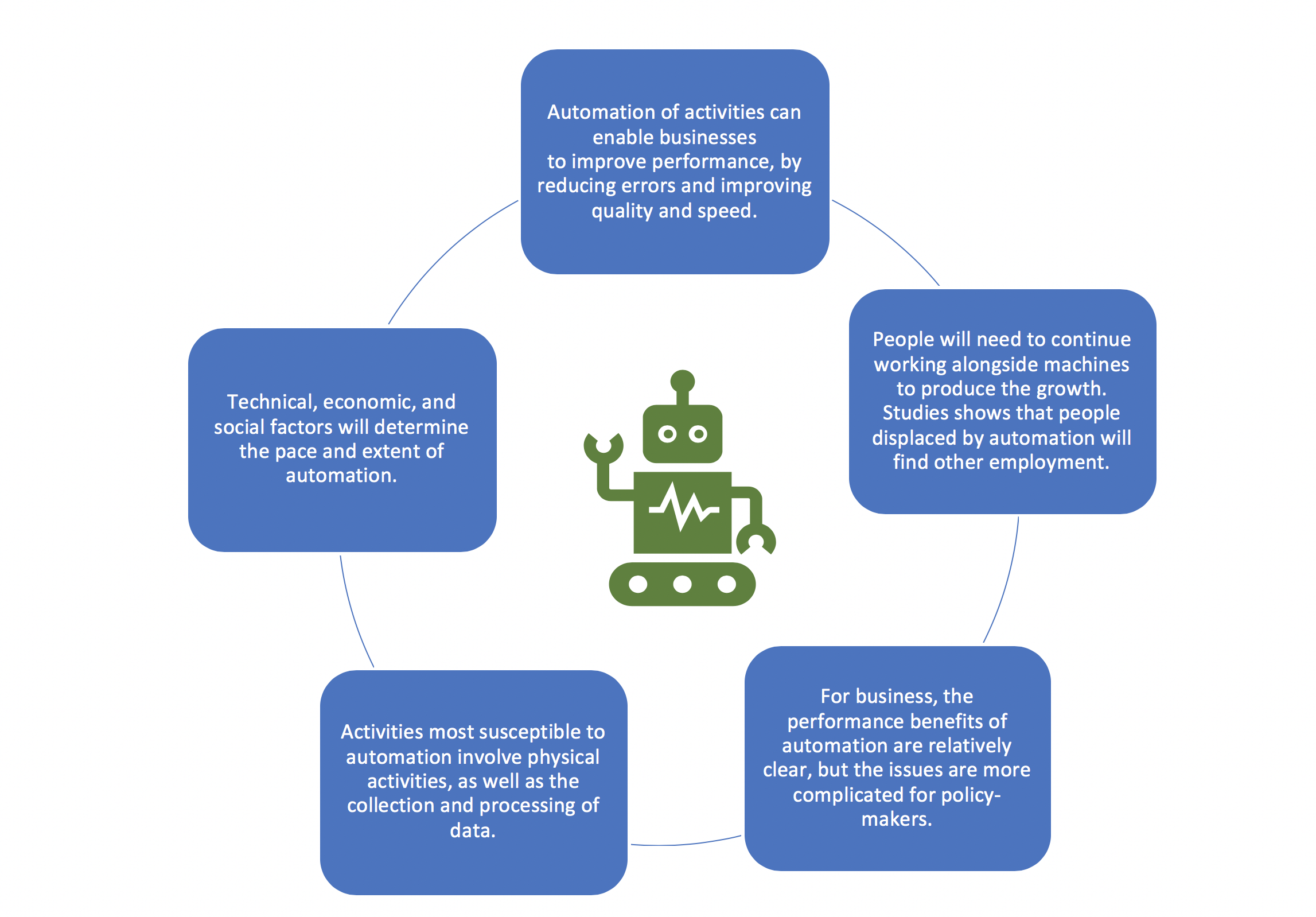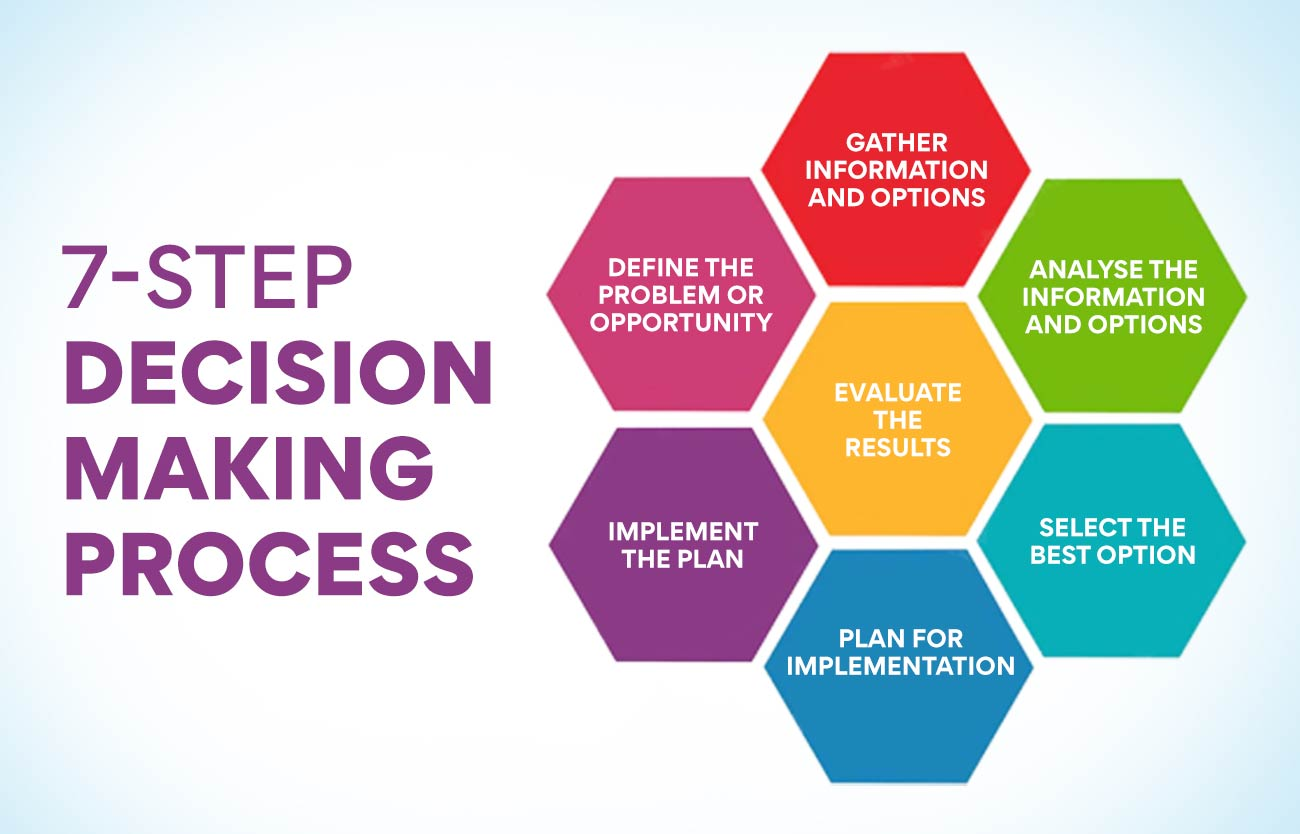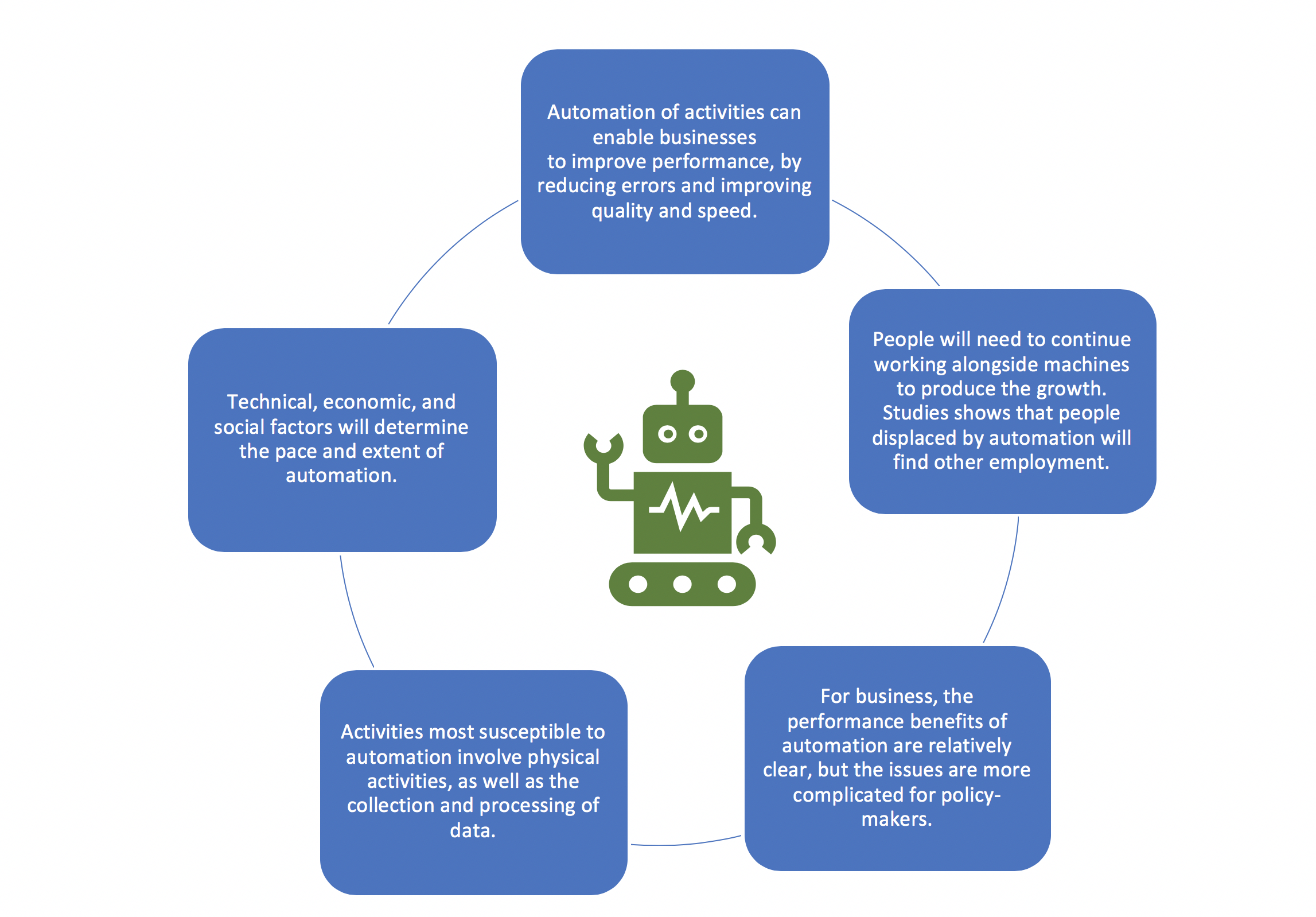The impact of AI on the labor market has become an increasingly pressing topic as technological advancements reshape work environments and job roles. Researchers, including Harvard economists David Deming and Lawrence H. Summers, suggest that recent trends indicate significant shifts within the workforce, driven primarily by artificial intelligence’s integration. Historical data reveals that while the labor market appeared stable from 1990 to 2017, a pronounced volatility has emerged since then, characterized by both occupational churn and job displacement concerns. As AI continues to penetrate various sectors, the prospects for labor market trends lean toward a future where high-skilled jobs flourish, juxtaposed against a decline in traditional roles. This complex landscape of technological disruption in the workforce challenges employees and employers alike to adapt to the evolving demands of the economy.
Examining the effects of artificial intelligence on the workforce reveals a landscape of emerging labor dynamics. With terms like job displacement and technological upheaval becoming commonplace, economists are increasingly analyzing how recent innovations shape employment patterns. The looming question about occupational churn highlights the transitional nature of today’s job market, where routine roles are eclipsed by the need for tech-savvy professionals. As the workplace undergoes radical transformation, understanding these labor market changes becomes critical for businesses and workers alike. Engaging with such workforce evolution prompts a reevaluation of skills and adaptability in the face of technological advancements.
The Rising Impact of AI on Labor Market Dynamics
The evolution of artificial intelligence (AI) is reshaping the labor market in unprecedented ways. As highlighted in the recent study by economists David Deming and Lawrence H. Summers, AI is not just a passing technological trend; it’s a transformative force that is influencing job creation, displacement, and the nature of work itself. Traditional career pathways are being altered as companies integrate AI for efficiency and competitiveness, leading to new demands for skills that align with technological enhancements.
Furthermore, this shift has been marked by significant occupational churn, which describes the rapid turnover and transformation within job roles across various industries. The stark contrast of technological advancements in the last few years versus the historical stability observed from 1990 to 2017 emphasizes the urgency for workers to adapt and upskill. Jobs that once relied heavily on manual or routine tasks are increasingly being taken over by AI-driven processes, and this trend is likely to accelerate.
Frequently Asked Questions
How is AI impacting labor market trends in the U.S.?
AI is significantly impacting labor market trends by driving changes in job distribution and occupational churn. As AI technology improves, the demand for highly skilled workers in STEM fields has surged, while low-paid service jobs are seeing declines. This shift highlights the essential role of AI in redefining job roles and skills required in today’s workforce.
What are the potential effects of AI job displacement on workers?
AI job displacement poses potential dangers for certain sectors, especially those dependent on low-skilled jobs. As AI continues to evolve, it may replace tasks traditionally done by humans, leading to reduced job opportunities in those areas. Workers may need to adapt and develop new skills to remain relevant in a changing labor market.
What is occupational churn and how does AI influence it?
Occupational churn refers to the turnover of jobs and the dynamic nature of the labor market. AI influences occupational churn by accelerating changes in job structures, often leading to shifts from low-wage jobs to high-paying jobs that require advanced skills. As companies invest in AI technologies, occupations with low skill requirements may diminish, affecting overall employment dynamics.
Will the rise of AI lead to technological disruption in the workforce?
Yes, the rise of AI is likely to lead to significant technological disruption in the workforce. This can manifest as job polarization, where high-tech jobs increase while traditional roles decline. Furthermore, companies may prioritize hiring tech-savvy employees, making it crucial for workers to adapt to new technologies to secure employment.
What trends should workers be aware of regarding AI’s role in the labor market?
Workers should be aware of several trends regarding AI’s role in the labor market: 1) Increased demand for STEM professionals; 2) Decline in traditional low-paid service jobs; 3) Shift in job roles towards high-skilled positions; and 4) Transformations in retail jobs due to e-commerce and automation. Adapting to these changes is vital for long-term career sustainability.
How can workers prepare for the changes brought by artificial intelligence in the labor market?
To prepare for changes due to AI in the labor market, workers can focus on upskilling and reskilling in areas such as data analysis, programming, and technology management. Engaging in continuous learning, pursuing STEM education, and enhancing adaptability are essential strategies for thriving in an AI-driven economy.
What sectors are most affected by AI job displacement?
Sectors most affected by AI job displacement include retail, where the demand for sales jobs has declined significantly due to e-commerce and automation. Additionally, low-paid service industries may also experience job losses as AI technologies advance and companies seek cost-effective solutions.
Is AI creating more jobs despite concerns over job displacement?
While AI raises concerns about job displacement, it is also creating new job opportunities, particularly in technology and advanced industries. Roles that require higher skills, especially in AI development and deployment, are on the rise, which can counterbalance some job losses in traditional sectors.
What historical evidence supports the impact of AI on labor market dynamics?
Historical evidence from a study measuring occupational churn over 124 years indicates that technological disruptions have a long-standing effect on labor market dynamics. The recent increase in AI capabilities and investments in technology suggests a new wave of occupational changes that continue to shape the workforce landscape.
What can economists learn from the impact of AI on the labor market?
Economists can learn that AI has transformative potential that mirrors past technological changes. By analyzing trends, like job polarization and the growth of STEM jobs, they can better understand the future of work and provide insights into the necessary policy adjustments to support workers affected by these shifts.
| Key Points | Details |
|---|---|
| Study Overview | Harvard economists David Deming and Lawrence H. Summers analyze 100 years of tech disruption in the U.S. labor market. |
| Occupational Churn | Contrary to previous beliefs, there has been a period of stability between 1990 and 2017, followed by significant changes post-2019. |
| Impact of AI | AI is identified as a breakthrough technology, reshaping job distribution and increasing demand for highly trained workers. |
| Trends in the Labor Market | 1. End of job polarization favoring high-paid jobs. 2. Increase in STEM jobs. 3. Decline in low-paid service work. 4. Significant drop in retail sales jobs due to e-commerce growth. |
| Future Implications | AI’s influence necessitates adaptation in the workforce, with potential productivity boosts and risks of displacement for less skilled workers. |
Summary
The **AI impact on labor market** is becoming increasingly evident as technology reshapes job landscapes. A study by Harvard economists reveals that while previous decades showcased a level of stability, significant changes have begun since 2019, driven by AI advancements. Not only is the demand for STEM and high-skilled jobs rising, but we also see a decline in traditional service roles, particularly in retail. This changing dynamic highlights the need for workers to adapt and upskill to secure their positions in an evolving job market affected by technology.



